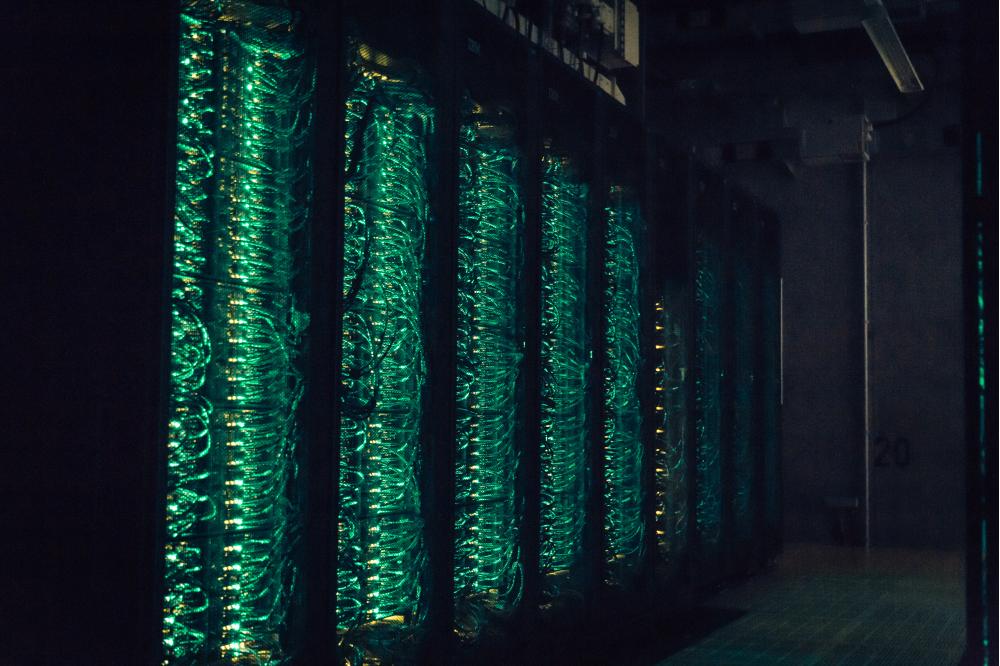Tunnex: An Easy to Use Program to Compute Tunneling Rates
Introduction
The behavior of small quantized particles to overcome potential energy barriers despite a lack of sufficient energy must seem odd, because there is no analogue in the “classic” world, e.g., a ball going through a wall instead of being reflected. Small particles can use a shortcut through the barrier, which is referred to as quantum mechanical tunneling (QMT). QMT is often neglected, but very important for light atoms such as the proton. This can lead to errors in the design of experiments, e.g., the failure to predict chemical selectivity. Principles of selectivity are mostly based on transition state theory (TST) proposed by Eyring, which neglects tunneling by design. QMT is mostly influence by the barrier width and not height, which makes intuitive approximation of QMT very unlikely. Therefore, we present an easy to use tool set to compute tunneling kinetics: Tunnex.
Methods
We use standard quantum mechanical (QM) program packages that implement many approximative methods to describe the electron structure such as Hatree-Fock (HF), Møller-Plesset (MP) perturbation theory and density functional theory (DFT) that interface with Tunnex. The path is generated using established algorithms such as the eigenvector following method, or the Hessian based predictor corrector algorithm. Tunnex makes extensive use of the graphical user interface (GUI) library (set of program routines) Qt.
Results
Currently, a helper program is needed to interface with QM programs: make_projections. Make_projections is used to extract the computed reaction path and generate input files for computing corrections. The source code is available at https://github.com/prs-group/make_projections. The program is currently limited to the QM program Gaussian.Tunnex is the GUI for visualizing the paths, and compute tunneling half-lives using the Wenzel-Kramers-Brillouin (WKB) approximation. The user needs to input the reaction path, the correction to it, and the attempt energy (the frequency in the ground states hitting the barrier). The visual feedback helps to spot errors while computing the path. The source code and compiled binaries are available at https://github.com/prs-group/Tunnex.
Discussion
As WKB is an approximation, the tunneling half-lives are always to large, because the total barrier (blue or red area in the above Scheme) is used. Corner-cutting effects, e.g., would reduce the integral value and therefore the tunneling half-lives. Tunnex can be used to estimate if tunneling contributes to the overall rate at 0K. If more accurate rates are needed other more complex programs can be used. Unfortunately, the half-live critically depend on the shape of the barrier, which is greatly influence by the QM method used. Also, the computational costs are quite high.
Outlook
As mentioned in the discussion, computational cost can be quite high. Therefore, methods exist to optimize the path in parallel: the so-called nudge elastic band method. This method together with an interface to more QM programs will be implemented in make_projections. Additionally, the GUI interface will be extended to generate input and send the computation to the server automatically.




